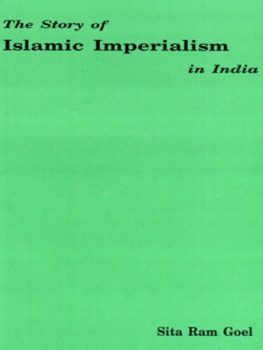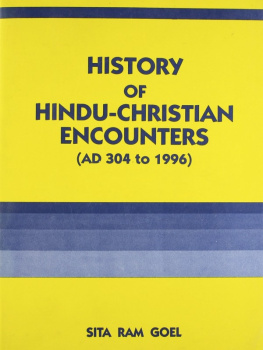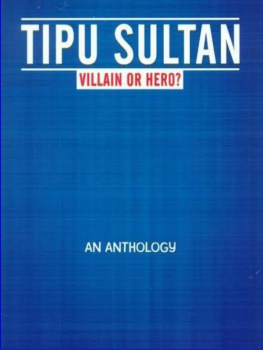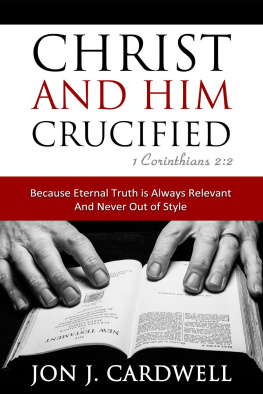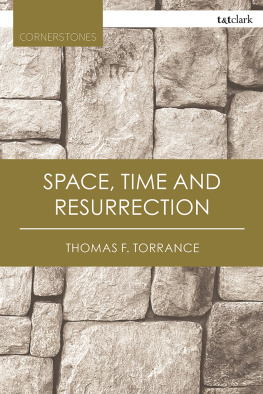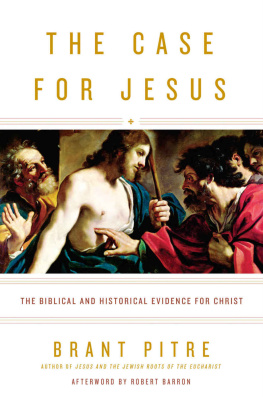Jeshu Christ: An Artifice for Aggression
Jeshu Christ: An Artifice for Aggression
Sita Ram Goel
2001
Jesus Christ
An Artifice for Aggression

Sita Ram Goel
VOICE OF INDIA
New Delhi
Sita Ram Goel
First Published: 1994 First Reprint: 2001
Published by Voice of India, 2/18, Ansari Road, New Delhi - 110 002 and printed at Rajkamal Electric Press, New Delhi -110 033
Preface
The first glimpse of the Jesus of the gospels came to me in 1956. My Jesuist friend who had tried to convert me, had failed in the attempt. When we were back at the mission headquarters in Patna, the following dialogue took place between us.
You believe that Jesus was an avatar, he asked.
Yes, I do, I replied.
Can an avatar tell a lie?
He is not supposed to.
What if Jesus says he is the only God?
He can't say that.
My friend picked up a copy of the New Testament and read out several passages from the gospels. Jesus did say in so many words not only that he was the only God but also that those who did not accept his claim would burn for ever in the infernal pit. I realized with painful surprise that Jesus was not all Sermon on the Mount as I had been led to believe by his Hindu votaries.
Years passed, and I had no time to spare for Jesus. I turned to him again in the eighties when Ram Swarup made me wise about the character of monotheistic creeds. It was then that I turned to the gospels. I was horrified. Now I could see why the history of Christianity had been what it had been. The source of the poison was in the Jesus of the gospels. The rest of my studies followed.
A few years ago I was discussing the menace of Christian missions with a Gandhian friend. He agreed with me that there was something sinister about them. I told him that we shall have to tell our people the truth about Jesus if we wanted to tackle the missions. He was visibly shaken, and said to me in a voice choked with emotion, *Sitabhai. Jesus ko kucch mat kahiye* (Brother Sita, do not touch Jesus)!
Have you read the gospels, I asked him.
He was annoyed, and shot back, That is a personal question.
I had to drop the subject. Every time I have asked opinionated people about the source of their opinion on a particular question, I have been accused of being personal. I am thinking of writing an essay Advantages of Being An Ass.
And now I have defied the ban. I do not know how my Gandhian friend will take it.
I have wondered over the years why we Hindus have remained preoccupied with the behaviour patterns of Muslims and Christians and not with the belief systems which create those behaviour patterns. We object to Christian missions, but refuse to discuss Christianity and its God, Jesus. We object to Islamic terrorism, but refuse to have a look at Islam and its prophet, Muhammad. I see no sense or logic in this Hindu habit.
In fact, we go a step further. We appeal to the Christian missionaries in the name of Jesus, and ask them not to do what they have been doing. We appeal to the Muslims in the name of Muhammad, and ask them to stop doing what they have been doing. In the process, we have invented a real Jesus and a true Christianity. We have also invented a real Muhammad and a true Islam. The missionary and the mullah smiles at our inventions but goes ahead and makes good use of our softheadedness. That is why we have failed to solve the communal problem all these years. We have never tried to find out why our own people, which both Christians and Muslims are, should become alienated from us when they pass under the spell of Christianity and Islam.
Flattering the bully may become necessary when the bully is powerful and there remains no other way of softening him except by extolling his heroes or his cult. Hindus have experienced such emergencies vis-a-vis both Islam and Christianity. But there is no reason for their continuing with the same psychology. Hindus should not convert an apaddharma into Sanatana Dharma.
New Delhi 15 April 1994
Chapter 1 Jesus of History
Christian missionary propaganda in general and the theologies of Fulfillment, Indigenisation (or Acculturation), and Liberation in particular leave the impression as if Jesus Christ was a mighty figure who took the world by storm as soon as he appeared on the scene. Evidential Theology which tells us of miracles which are supposed to have accompanied his birth and death as well as of those reported to have been performed by him in the course of his ministry, has been one of the main weapons in the armoury of Christian missions. I remember very vividly the words of my friend, the Jesuit missionary, who tried to convert me in 1956. Let me tell you at the very outset, he had said, that Jesus is no mythological mumbo-jumbo like your Rama and Krishna, and even Buddha. On the contrary, he is a solid historical figure whose miracles were witnessed and vouchsafed by many contemporary people.
The historicity of Jesus Christ as described in the gospels has been for a long time one of the principal dogmas of all Christian denominations. In India where the history of the search for the Jesus of history remains unknown even to the so-called educated elite, the missionaries continue to hawk this dogma without fear of contradiction. The scene in the modern West, however, has undergone a great change. What we witness over there is that this solid historical figure has evaporated into thin air as a result of painstaking Biblical and Christological research undertaken over the last more than two hundred years, mostly by theologians belonging to the Protestant churches.
We need not bother about the miracles which are supposed to have accompanied the birth and death of Jesus or to have been performed by him. The subject was dealt with very aptly by Edward Gibbon who wrote towards the end of the eighteenth century. But how shall we excuse, he had asked, the supine inattention of the Pagan and philosophic world to those evidences which were presented by the hand of Omnipotence not to their reason but to their senses? During the age of Christ, of his apostles, and of their first disciples, the doctrine which they preached was confirmed by many prodigies. The lame walked, the blind saw, the sick were healed, the dead were raised, demons were expelled, and the laws of Nature were frequently suspended for the benefit of the church. But the sages of Greece and Rome turned aside from the awful spectacle, and, pursuing the ordinary occupations of life and study, appeared unconscious of any alteration in the moral or physical government of the world. Under the reign of Tiberius, the whole earth, or at least one celebrated province of the Roman Empire, was involved in a preternatural darkness for three hours. Even this miraculous event, which ought to have excited the wonder, the curiosity, and the devotion of mankind, passed without notice in an age of science and history. It happened during the lifetime of Seneca, and the elder Pliny who must have experienced the immediate effects, or received the earliest intelligence, of the prodigy. Each of these philosophers, in a laborious work, has recorded all the great phenomena of Nature, earthquakes, meteors, comets, and eclipses, which his indefatigable curiosity could collect. Both the one and the other have omitted to mention the greatest phenomenon to which the mortal eye has been witness since the creation of the globe. A distinct chapter of Pliny is designed for eclipses of an extraordinary nature and unusual duration; but he contents himself with describing the singular defect of light which followed the murder of Caesar, when during the greatest part of a year the orb of the sun appeared pale and without splendour. This season of obscurity, which cannot surely be compared with the preternatural darkness of the passion, had been already celebrated by most of the poets and historians of that memorable age. What concerns us here is the question whether a man named Jesus in the gospels ever lived on this earth and, if so, what was he like.



